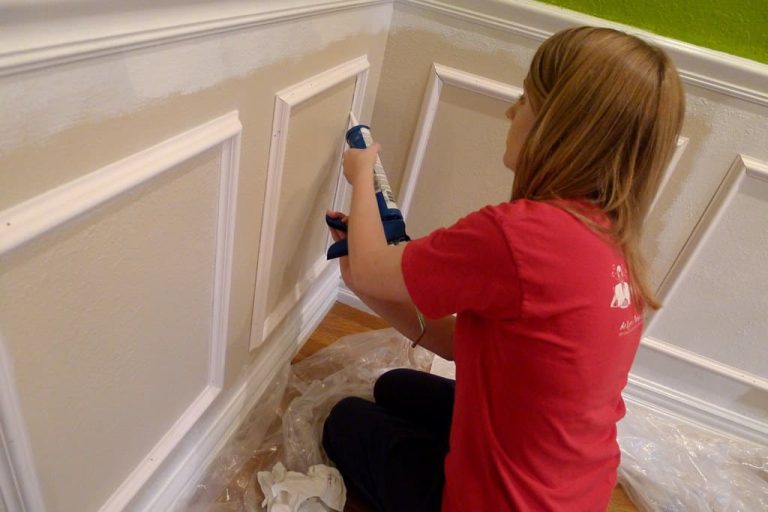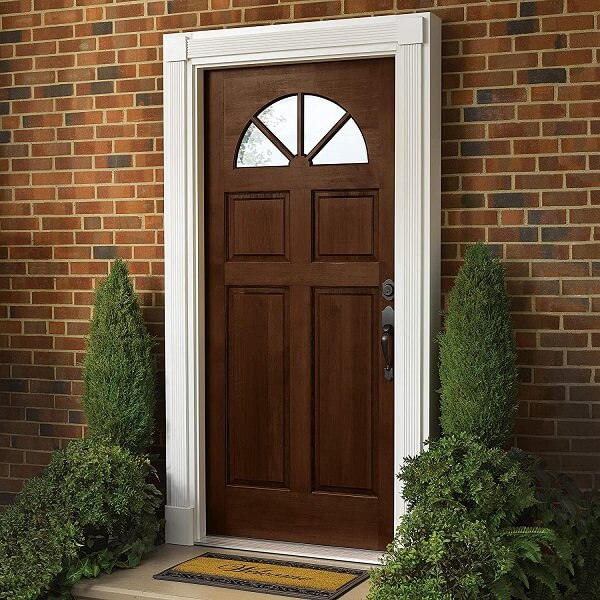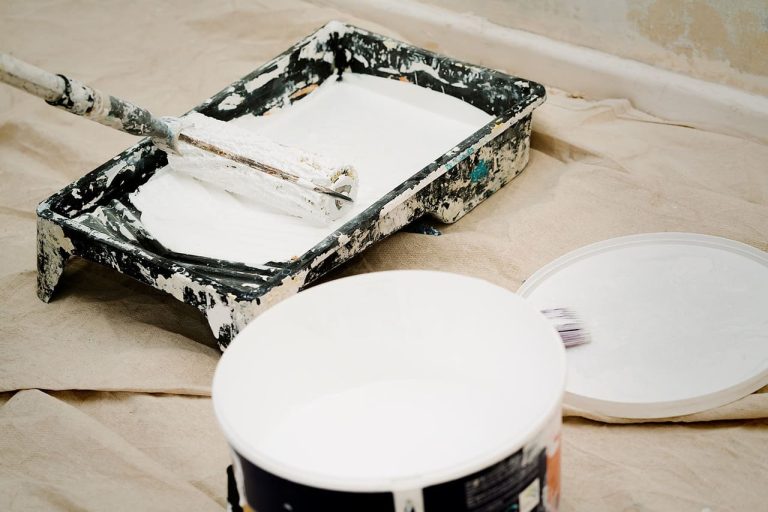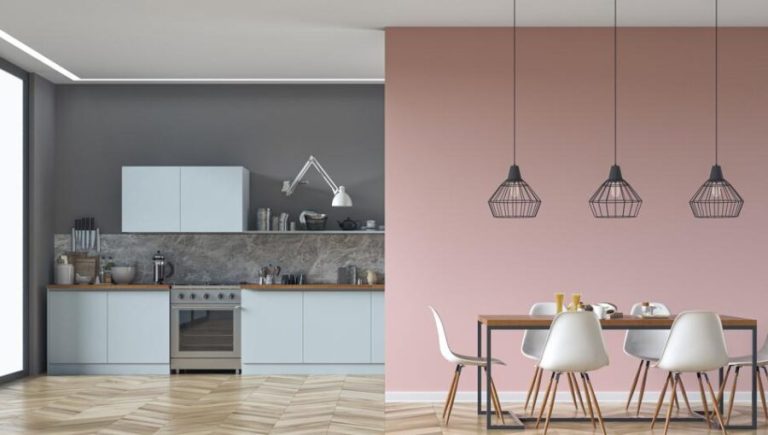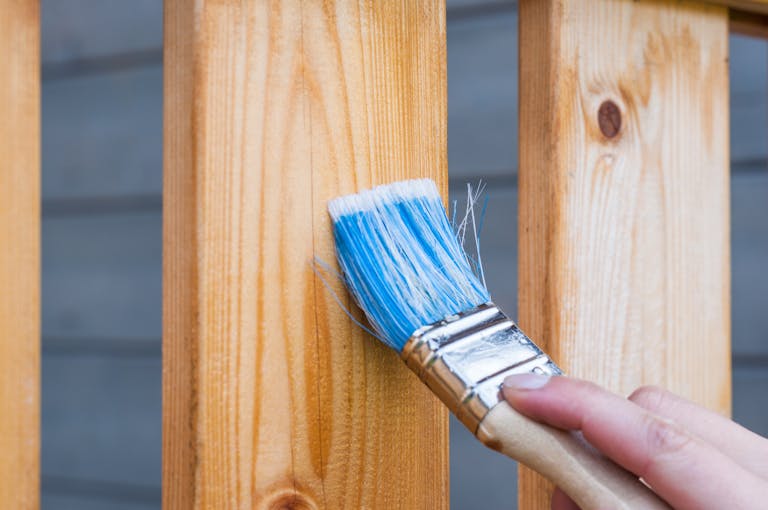Tips for Picking the Perfect Kitchen Wall Color
Painting your kitchen can be as thrilling as it is daunting, especially when there are so many colors you can choose from. From bright hues to subtle neutrals, selecting the proper shade of paint for your walls is essential in setting the tone and feel of any room. And, because this is a space where you’ll gather to cook excellent meals with family and friends, giving your kitchen the correct look and feel is essential.
A fresh coat of paint can transform a room from old to new, from dark and intimate to bright and welcoming. While selecting a can of paint may seem complicated, it does not have to be. While it’s vital to consider how you use the kitchen most frequently, evaluating whether the color you choose will complement other rooms in the property is critical.
Whether you wish to spice up your space or keep things cool and Sunday brunch peaceful, this article is for you. Continue reading below as this post discusses tips for picking the perfect kitchen wall color and other valuable information.
Factors to Consider Before Choosing Your Kitchen Wall Color
1. Existing Colors
Consider existing features such as cabinetry, countertops, and flooring when choosing a kitchen wall color. To establish cohesiveness, choose complementary hues or neutral tones to complement them. Light wall colors can give contrast if the kitchen cabinets are dark. At the same time, a monochromatic scheme can provide a sense of continuity. Assess the amount of natural light in the kitchen; brighter colors can increase brightness in regions with limited sunshine. Bay Property Management Group Baltimore suggests choosing colors that appeal to potential renters.
You should also assess the overall style, whether modern, traditional, or eclectic, and choose a color palette that compliments your design choices. Consider the size of the kitchen; lighter colors can make small areas feel more extensive, but darker colors can bring warmth to large kitchens. Regardless, your decision should find a guide in a balanced combination of existing elements and preferences.
2. Lighting
Lighting is vital in defining the mood and boosting the overall aesthetic when choosing a kitchen wall color. Natural light, for example, can alter the appearance of colors throughout the day, impacting your choice. Also, consider positioning your kitchen towards the sun. Artificial lighting is also essential; warm lights enhance warm tones, while cool lights enhance cooler tones. Paint samples should be tested in different lighting conditions to determine their genuine colors.
In addition, consider the size of your kitchen. Lighter colors provide the appearance of space, while darker tones offer coziness. Balance is essential; if your kitchen gets plenty of natural light, you may experiment with more intense colors, but in smaller rooms, go for lighter shades to keep things lively. Harmonizing lighting and wall color create a visually appealing and harmonious kitchen ambiance.
3. Other Elements
When choosing a kitchen wall color and other elements, you should consider several factors to establish a coherent and visually appealing space. First, evaluate the existing color palette of the cabinets, countertops, and flooring. Harmonizing with these elements results in a unified appearance.
Consider the size and amount of natural light in the kitchen. Lighter colors can make tiny spaces appear more prominent, while well-lit locations accommodate a more comprehensive range of colors. Factor in the overall style, and choose a complementary color.
Your particular preferences, as well as the intended mood, also play an essential role. Warm tones such as reds and yellows create an inviting atmosphere, while cool blues and greens inspire calm. Consider the color’s longevity as well; trends tend to change over time, so choose a timeless shade that can withstand evolving styles.
Testing paint colors in kitchen lighting is vital to ensure the correct effect. Carefully factoring these aspects results in a well-balanced and visually appealing kitchen setting.
Does Painting the Kitchen Add Value to a Rental?
Painting a rental property’s kitchen can enhance value both visually and financially. A freshly painted kitchen often has a clean and updated appearance, which attracts potential tenants and contributes to a positive first impression. Neutral or modern colors can make the area appear well-kept and versatile, appealing to a broader audience.
However, a well-painted kitchen might justify a higher rental charge financially. Tenants are more ready to pay a premium for a well-maintained and visually appealing property. A modern color palette can make the kitchen feel more extensive and inviting, increasing its perceived worth.
However, it is critical to weigh the investment against potential rewards. Choosing paint finishes that are durable and easy to maintain can save money on future touch-ups. Moreover, researching local real estate trends and learning about renter preferences in the area can help guide color choices to maximize appeal.
Therefore, while painting the kitchen can boost the value of a rental home, it’s critical to balance the initial investment and the potential increase in rental revenue to ensure a cost-effective and appealing upgrade.
Final Thoughts
For homeowners, choosing the ideal kitchen wall color requires a careful balance of practical considerations and renters’ preferences. A coherent and visually appealing space can be created by harmonizing with cabinetry and flooring. However, size, natural light, and overall design all play essential roles in color choosing, influencing the kitchen’s atmosphere.
Also, timeless hues ensure long-term appeal, but occasional modifications may correspond with changing trends. You can also check out color samples in actual kitchen lighting for accurate selection. Generally, a well-chosen kitchen wall color improves the overall appearance, adds value, and transforms the home’s heart into an inviting and sophisticated space.



